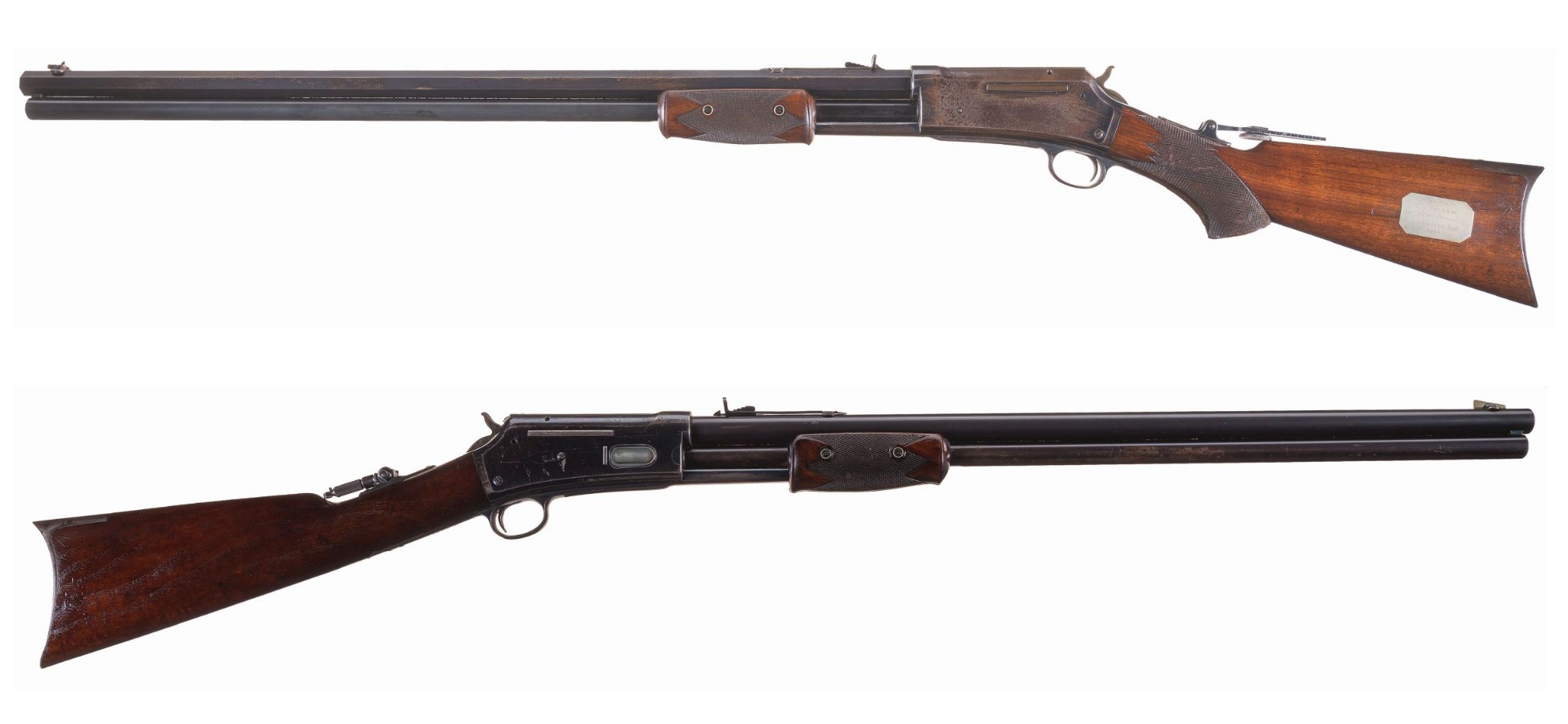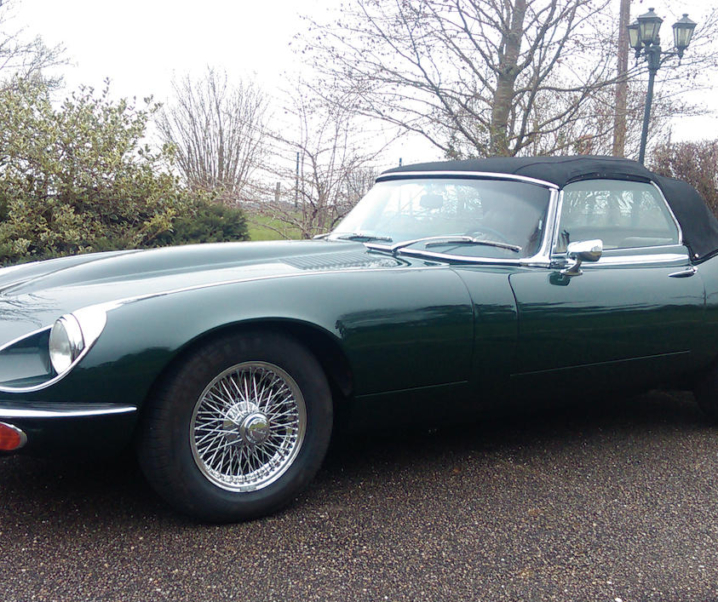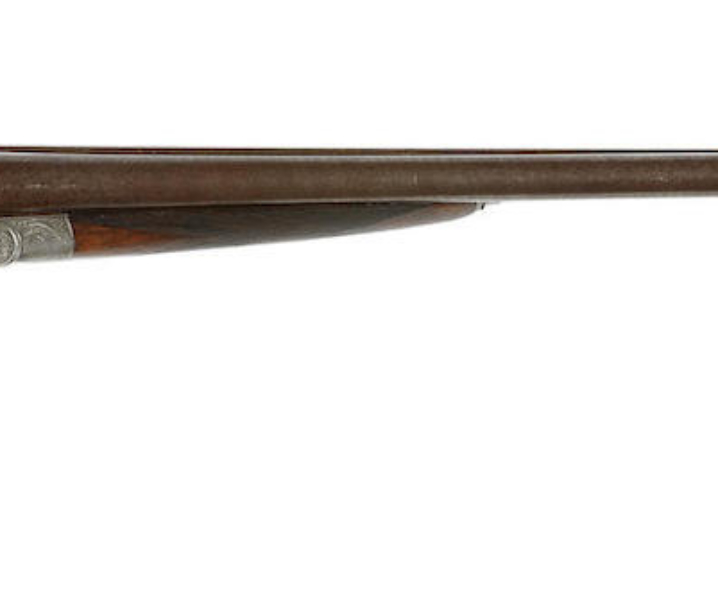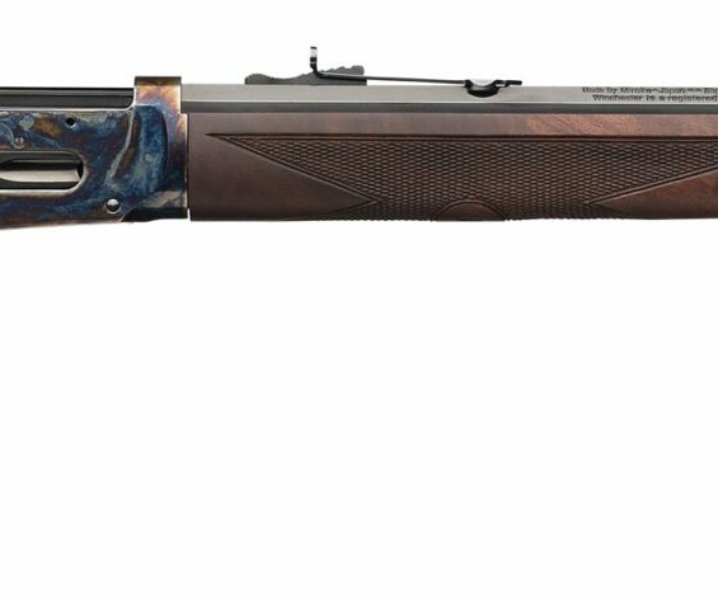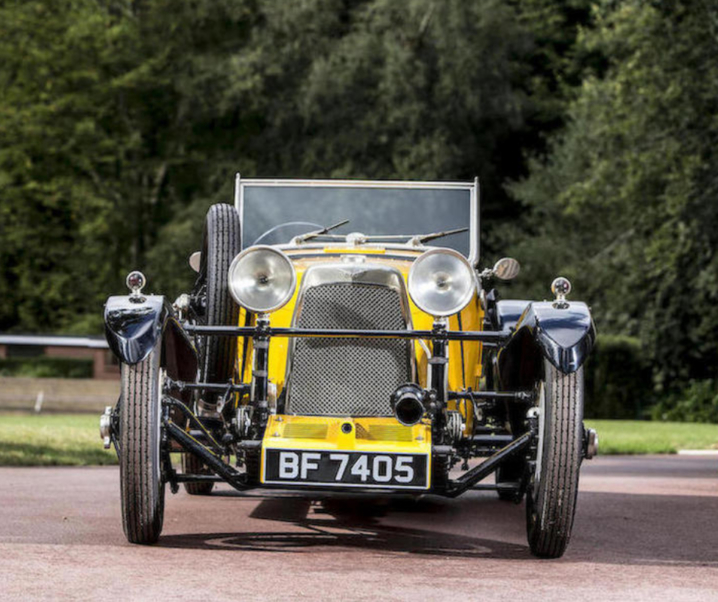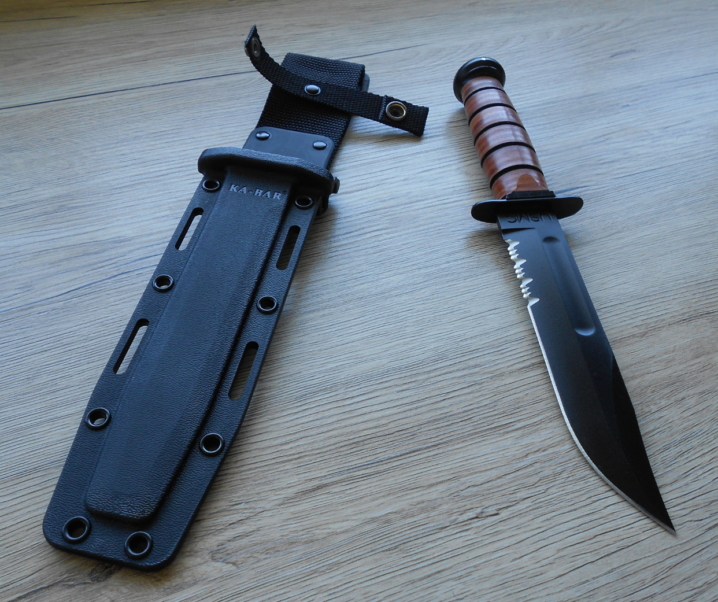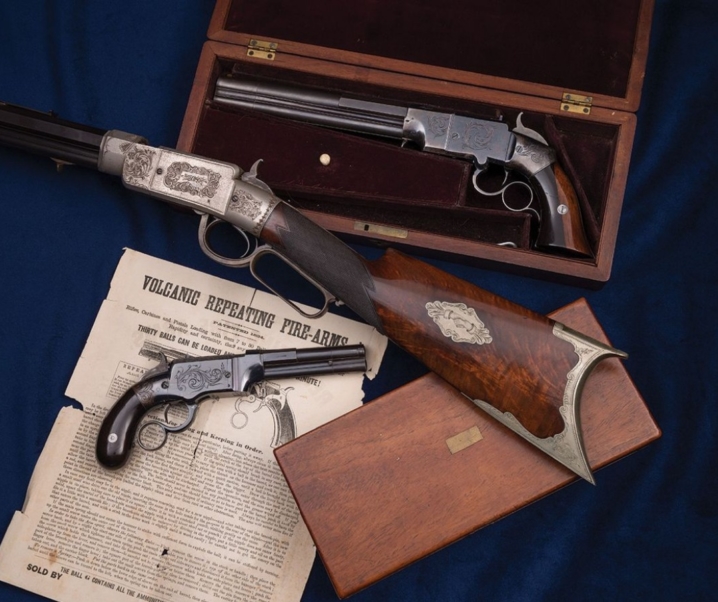One Size Does Not Fit All
The Colt Lightning rifle was created as Colt’s answer to Winchester and Marlin’s lever action rifles and it seems odd that it was not more successful than it was, although the medium and small frame Lightning rifles certainly racked up decent sales numbers. But if you think about it, the pump action shotgun became one of the most purchased guns in American history while the lever action shotgun was tried but never gained any traction.
One the other side of the coin the lever action rifle became the most popular rifle of America’s “Wild West” era and it became so etched into the mind of makers such as Winchester that they simply didn’t believe there would be a market for the new-fangled bolt action rifles in the post First World War period until Remington demonstrated that the returned servicemen wanted bolt action rifles, and so Winchester, a bit reluctantly at first, made their Model 54, and then grasped the concept with enthusiasm and made “The Rifleman’s Rifle”, the Model 70.

The Colt Lightning rifle was first made as a medium frame centerfire rifle chambered for the popular Winchester designed 44-40 cartridge, which was also a popular chambering for Colt’s revolvers. The Colt Model 1873 “Single Action Army” when chambered for the 44-40 was called the “Colt Frontier Six Shooter” (despite the fact that common sense safety requires that one load five, not six cartridges in it) and these revolvers entered production in 1877. Colt then went on to make their Colt 1878 double action revolver in 44-40 which was a scaled up version of their M1877 double-action revolver.
Colt were no doubt happy making and selling their line of revolvers but when they were approached by Dr. William H. Elliot in 1883 with his design for a slide-action rifle the idea was just too attractive to pass up. The engineers at Colt could see that this could be a rifle that would be a worthy competitor to the Winchester and Marlin lever actions and so they bought the rights and got to work to create their new pump action rifle.

(Note: you will find the above pictured San Francisco Police Colt Lightning rifle for sale by Rock Island Auction on April 26, 2020, if you click here.)
Colt purchased the design and sensibly started out making their new Colt Lightning rifle in a lightweight medium frame chambered for the 44-40 cartridge, placing it in direct competition with the Winchester Model 1873. Following on from that Colt added 32-20 and 38-40 to the caliber choices. The early Colt Lightning rifles were not without their teething problems and it was found that some rifles were leaving the factory with ejection problems. Colt worked to rectify this to ensure as far as possible that the rifle gained a reputation for being trustworthy. Many of the purchasers of a rifle at that time would need it to be something they could depend on in a life and death situation, so the rifle had to be dependable and deadly: and nowadays the same holds true. The medium frame Lightnings featured a tube magazine under the barrel just like the popular lever action rifles and were made in two styles; a standard rifle with a 26″ barrel and magazine capacity of 15 rounds, or a carbine with a 20″ barrel carrying a dozen rounds). Other barrel lengths were made to special order.
The Large Frame Colt Lightning Makes its Debut
With the medium frame rifles selling well and earning a name for themselves Colt’s next move in 1887 was to offer two new models: a small frame model and a large frame model. The small frame was made in .22 Short and .22 Long, the .22 Short model having a 16 round magazine and the .22 Long a 15 round magazine. The large frame model was made as a direct competitor to the Winchester Model 1876, which was Winchester’s large caliber lever action rifle made in calibers up to 50-95 Express, which is thought to have been the only lever action rifle to have been used by buffalo hunters of the time.

(Note: The above pictured rifle will be sold by Rock Island Auction on April 26, 2020. You will find the sale page if you click here).
The large frame Colt Lightning was made in 38-56-255, 40-60-260, 45-60-300, 45-85-285, and 50-95-300 Express which was sufficiently powerful for American Bison. Standard barrel lengths were 28″ for the rifle and 22″ for the carbine and the rifle could be ordered with either round or octagon barrel. Custom barrel lengths could be ordered also. As a word of explanation these are full black powder caliber descriptions which state the caliber, then the black powder charge, and then the bullet weight. So a 45-85-285 is .45″ caliber, is charged with 85 grains of black powder, and used a 285 grain bullet. As a side note when loading for old rifles in these calibers it tends to work best if you use the correct bullet weight or one close to it: different bullet weights may or not stabilize properly. The 45-85-285 is one of the easiest of these obsolete calibers to get shooting because its cartridge case dimensions are identical to the common 45-70. So its just a case of finding a suitable cast bullet around 285 grains and you’re in business.

(Note: The above pictured rifle will be sold by Rock Island Auction on April 26th, 2020. You will find the sale page if you click here).
The large frame Colt Lightning rifles are, in my Elmer Keith influenced thinking at least, the most interesting. These solid rifles combine the heft and character of a full size pump action shotgun but fire some large black powder rifle cartridges. Unfortunately they were only made for seven short years and only 6,496 are believed to have been made. There is coincidentally some doubt as to the actual number of these rifles made as it would seem there is an approximate 2,000 gap in the numbers placing the believed 6,496 count in some doubt. (Recommended references from coltcollectors.com for those looking for further information are: The Book of Colt Firearms by R. L. Wilson, and The Colt Rifle 1884-1902 By Ted Tivey).
Although there are modern replicas of the medium frame Colt Lightning from Uberti and Pedersoli it would seem unlikely that we will see a modern reproduction of the large frame Colt Lightning in the foreseeable future, which is a shame but I guess it would not be popular for the same reason the original proved not to be popular: people were looking for less expensive lightweight handy rifles of adequate power for deer and unfriendly encounters of the human kind: rifles for which the ammunition was commonly available and affordable. That being said there would be room in my rifle safe for one.
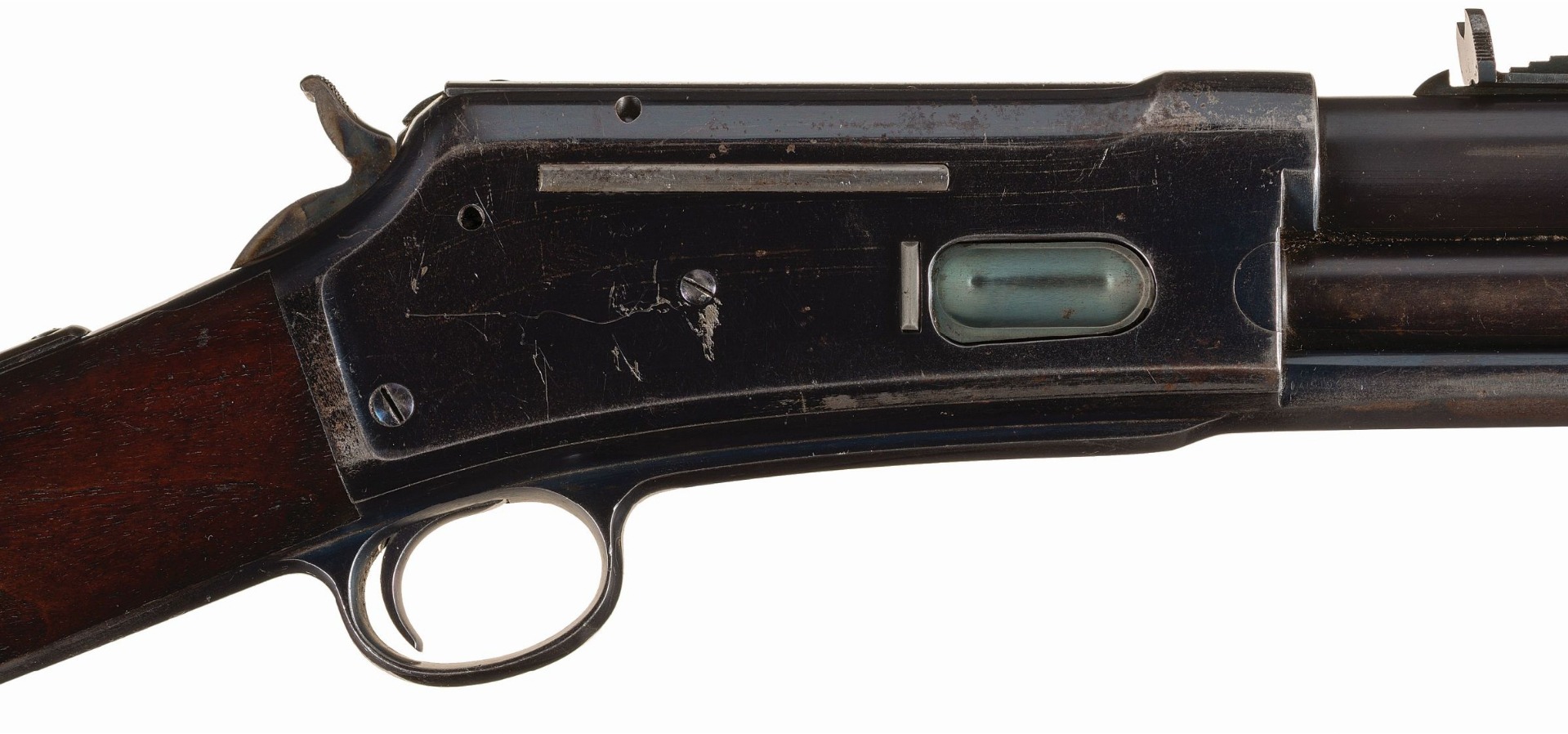

Jon Branch is the founder and senior editor of Revivaler and has written a significant number of articles for various publications including official Buying Guides for eBay, classic car articles for Hagerty, magazine articles for both the Australian Shooters Journal and the Australian Shooter, and he’s a long time contributor to Silodrome.
Jon has done radio, television, magazine and newspaper interviews on various issues, and has traveled extensively, having lived in Britain, Australia, China and Hong Kong. His travels have taken him to Indonesia, Israel, Italy, Japan and a number of other countries. He has studied the Japanese sword arts and has a long history of involvement in the shooting sports, which has included authoring submissions to government on various firearms related issues and assisting in the design and establishment of shooting ranges.

